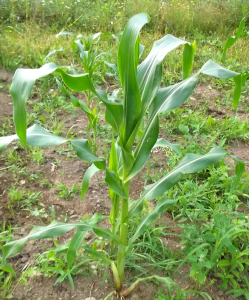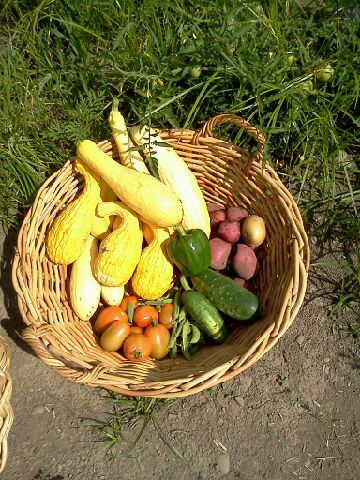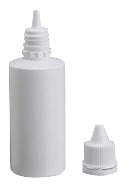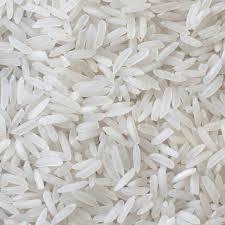
The mountains of snow and below zero temperatures outside really don’t bring about thoughts of sunny spring days in the garden for most people. For most of you, this year’s garden is probably the furthest thing from your mind.
However, it’s never too early to plan a garden! It’s one of my favorite things to do on chilly winter days. I’ll sit with my big notebook and decide which plants I’ll be planting this year and where they’ll go. (I have a large field to plant, so that’s a lot of planning!) By the time spring gets here, I already have all of my seeds, most of my plants have been started in the greenhouse, and I’m ready to get a little dirt under my fingernails.
If you’re looking to plan a garden this year, why not get started now? It’s a great way to pass the blustery winter days, and you’ll be able to get a head start on the upcoming growing season.
So, here are a few tips and tricks to help you plan a garden.
Get a Dedicated Garden Notebook
My gardening notebook is an essential tool for when I plan a garden. Your gardening notebook doesn’t have to be anything fancy. You can use a simple one subject notebook or a three ring binder with loose leaf paper. As you plan a garden, this notebook will come in handy for jotting down ideas, lists of things you need, lists of plants you’d like to have, care instructions, and sketches of garden layouts.
Decide What You’ll Grow
The first step when you plan a garden is to decide what you’ll grow. Make sure you choose plants that do well in your climate and hardiness zone. There’s no sense in wasting time and money trying to grow plants that aren’t able to survive in your area. When you’re trying to decide which plants to grow, keep in mind how much room you have and – if you’re growing vegetables – what your family likes to eat. For instance, we have a great deal of room and my family loves corn, so we often plant lots of that.
Decide Where to Put Your Garden
The next step when you plan a garden is deciding where to put it. Ideally, it should be a spot that gets bright morning sun and partial shade in the afternoon. It should also be easily accessible and close to a water source. If you don’t have room for a garden in your yard, consider a container garden, which can go just about anywhere you have room for pots.
Consider Plant Placement
Now comes the fun part – figuring out where to put all of your plants in your garden! When you plan a garden, plant placement is very important. Try to work out your garden plan with taller plants located on the north side of the garden, so they don’t block the sun from the shorter plants. Also, leafy vegetables, like lettuce and spinach, typically do well in partial shade, such as next to a building or even under larger plants, like corn or bean teepees. You might also want to look into companion planting when you plan a garden, since some vegetables and plants grow well together while others do not. Also, consider the amount of space needed between plants and be sure to leave enough room to walk through your garden and harvest any vegetables.
Be Flexible
Keep in mind that no matter how much you plan a garden, nothing is set in stone. Chances are something will come up, and you’ll have to change you plan or layout. You might also find that you may not be able to grow certain plants without some soil amendment. Be flexible and be prepared to change some things come spring.
Nothing beats the first peas of the spring, ripe juicy tomatoes in the summer, and a bumper crop of corn in the fall! Well, except maybe some buttery butternut squash or home canned tomato sauce on chilly winter days.
Gardening is hard work, but it’s also fun, relaxing, and rewarding. It’s also a great way to shave even more money off of your monthly grocery bill, especially if you can extend your harvest through part of the winter. Just remember to have fun with it, and treat it as a learning experience as well.






